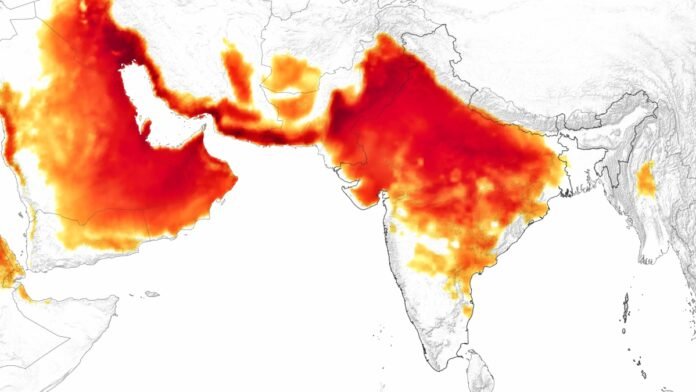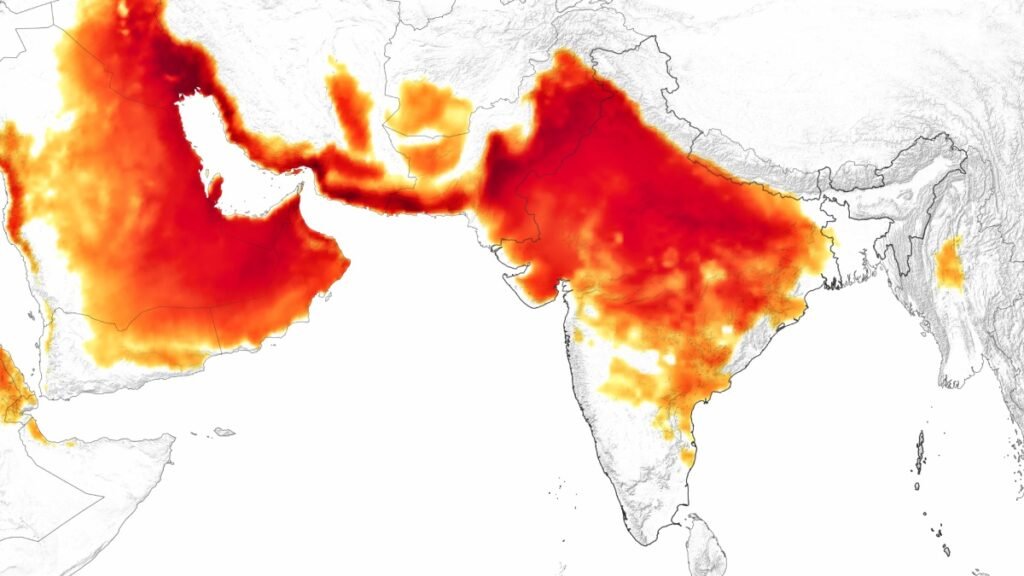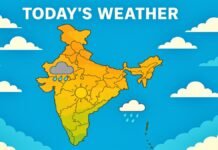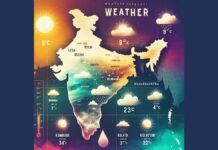
New Delhi: As the winter season draws to a close, India is gearing up for a torrid summer that could see prolonged heat waves and soaring temperatures across the country. The Indian Meteorological Department (IMD) has issued a warning of more heat and more heatwave days in India this year due to the El Nino phenomenon, which is likely to continue at least till May.
El Nino is a climatic condition that causes the sea surface temperature in the central Pacific Ocean to rise above normal, affecting the weather patterns around the world. It is associated with reduced rainfall, increased droughts, and higher temperatures in India and other parts of Asia.
According to the IMD, India may witness above-normal rainfall (more than 117 percent of the long-term average of 29.9 mm) in March, but the relief will be short-lived as the mercury will start rising from April onwards. IMD Director General Mrityunjay Mohapatra said that the maximum and minimum temperatures are expected to be above normal in most parts of the country during the period from March to May.
He said that the number of heat wave days, which are defined as days when the maximum temperature is at least 4.5 degrees Celsius above normal, is expected to be higher than normal in most parts of the country except north-east India, western Himalayan region, south-western peninsula, and west coast. He added that the heat wave conditions are not expected in North and Central India in March, but they may intensify in April and May, coinciding with the Lok Sabha elections.
Mohapatra said that the heat wave is expected to last for more days than normal in North-East Peninsular India-Telangana, Andhra Pradesh and North Interior Karnataka, and many parts of Maharashtra and Odisha. He advised the people to take precautionary measures such as staying hydrated, avoiding outdoor activities during peak hours, and wearing light and loose clothing.

The IMD chief also said that the El Nino condition will persist throughout the summer season and after that neutral conditions may develop. He said that the La Nina situation, which is the opposite of El Nino and is usually favorable for good monsoon rainfall in India, is likely to form in the latter half of the monsoon season. He said that the IMD will issue its first long-range forecast for the monsoon in April.
The IMD also revealed that the average minimum temperature of February this year in India was recorded at 14.61 degrees Celsius, which is the second-highest minimum temperature in this month since 1901. The highest minimum temperature of 14.73 degrees Celsius was recorded in 2006. He said that a total of eight western disturbances, which are low-pressure systems that originate from the Mediterranean Sea and bring rainfall and snowfall to the western Himalayan states, affected the weather of the region in February. Of these, six were active western disturbances that caused rain and hailstorms in the plains of North and Central India.













































